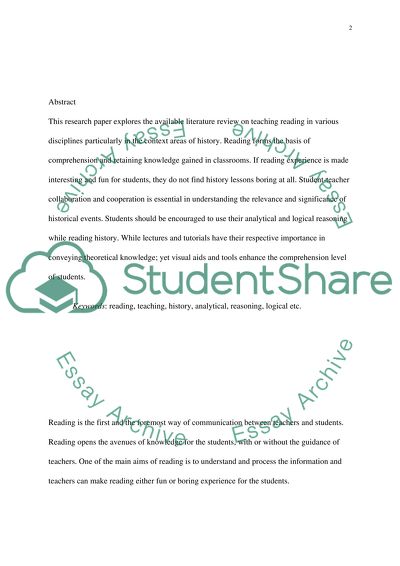Cite this document
(“Teaching Reading in the Content Areas of History Article”, n.d.)
Retrieved from https://studentshare.org/education/1427177-teaching-reading-in-the-content-areas-of-history
Retrieved from https://studentshare.org/education/1427177-teaching-reading-in-the-content-areas-of-history
(Teaching Reading in the Content Areas of History Article)
https://studentshare.org/education/1427177-teaching-reading-in-the-content-areas-of-history.
https://studentshare.org/education/1427177-teaching-reading-in-the-content-areas-of-history.
“Teaching Reading in the Content Areas of History Article”, n.d. https://studentshare.org/education/1427177-teaching-reading-in-the-content-areas-of-history.


